Best answer: If your house is already equipped with low-voltage doorbell wiring, the Doorbell Pro is the best consumer-grade video doorbell in Ring's lineup. Otherwise, the Video Doorbell 3 can run off of a rechargeable battery and offers most of the same features.
- Your wired future: Ring Video Doorbell Pro ($190 at Amazon)
- A battery marvel: Ring Video Doorbell 3 ($150 at Amazon)
- Pre-Roll: Ring Video Doorbell 3 Plus ($180 at Amazon)
- The most premium: Ring Video Doorbell Elite ($350 at Amazon)
- Peekaboo: Ring Peephole Cam ($80 at Amazon)
What is a Ring Doorbell?
Ring's line of Wi-Fi-connected video doorbells is a great way to secure your home and give yourself some peace of mind when you're waiting on a package or going away on vacation. They detect motion before anyone gets near your door, alert your smartphone, and start recording video.
That footage gets stored in the cloud (with a subscription fee, of course), so you don't have to be watching live to catch a would-be burglar. There's also two-way audio, meaning you can talk to the person on the other end of the doorbell from your phone. With so many options in Ring's lineup, it can be overwhelming to determine the best smart doorbell for your needs — that's where we come in.
Which one is right for my home?
Ring has plenty of video doorbells to choose from, each hitting a different price point and feature set. The Ring Video Doorbell 2 is a large and very visible camera that gives you 1080p video with two-way audio, along with basic motion detection and night vision. For only $80, it's a good place to start if you've never used a video doorbell, and you can power it from either your home's existing doorbell wiring or the rechargeable internal battery.
The Ring Video Doorbell 3 makes some great improvements on its predecessor's design, though. It features 5GHz dual-band Wi-Fi, along with improved motion zone settings that let you receive notifications only for close-by subjects, within a few feet of the camera. It's also easier to remove the faceplate on the Doorbell 3, making it effortless to toss in a spare battery.
While the Doorbell 3 is pricier than the Doorbell 2, we'd argue that it's worth putting the extra money into. The improved motion zones are hugely helpful, particularly if your camera faces a busy street that would otherwise constantly set off motion alerts (I'm writing this from experience!). It's now easier to set up and connect to your Wi-Fi network. For older homes that aren't equipped with low-voltage doorbell wiring, this is the camera you should buy.
There's also the Doorbell 3 Plus to consider. While most of its features are the same, the Doorbell 3 Plus introduces a new Pre-Roll feature that gives you a four-second preview of the events leading up to your motion alerts. These Pre-Rolls are kept at a low resolution and in black and white to preserve battery life.
Battery-powered
Ring Video Doorbell 3
Most of the Pro's features, plus a removable battery.
The Video Doorbell 3 doesn't look as sleek as the Doorbell Pro, but it offers almost all of the same features for less. In case your house doesn't have existing doorbell wiring, it can operate entirely off a rechargeable battery, making it a great fit for older homes.
Pre-Roll
Ring Video Doorbell 3 Plus
See what happened before the motion alert.
The Video Doorbell 3 Plus is the only camera in Ring's lineup with the new Pre-Roll feature that lets you see an additional four seconds of black-and-white footage of the events before your motion alerts. Otherwise, this is almost identical to the standard Doorbell 3.
If your house does have proper doorbell wiring, though, you might want to look at the Ring Video Doorbell Pro instead. It's a bit more expensive than the Doorbell 2, but for that extra money, you're getting a much sleeker, less conspicuous design, sharper 1080p video, and four swappable faceplates to match the color of your home.
Just bear in mind that even with existing doorbell wiring, you may still need more power; the Video Doorbell Pro requires at least 16 volts AC, but doorbell chimes can operate on as little as 8 volts. Ring includes a Pro Power Kit in the box that you'll need to install during setup, but you can also run the Doorbell Pro straight from a plug-in adapter.
Staff pick
Ring Video Doorbell Pro
The best consumer-oriented camera in Ring's lineup.
The Video Doorbell Pro offers tack-sharp 1080p video, four interchangeable faceplates, night vision, two-way audio, and customizable motion alert zones into a small, great-looking design. You'll need to power it with low-voltage wiring, but it's well worth the money.
If you're feeling ritzy, there's also the Ring Video Doorbell Elite, coming in at a whoppingly high price. It comes in a wider, flatter design that sits mostly flush against your home, and uses Ethernet for both power and connectivity. This lets it communicate with your phone much more quickly and consistently than Ring's other cameras. Still, it requires professional installation, where the user can easily install the others.
Its image quality is outstanding, but at double the cost of the Doorbell Pro (not to mention the added cost of hiring a professional for the wiring), you probably don't need to shell out for the Elite unless you just want the best of the best.
Upgrade pick
Ring Video Doorbell Elite
The power user's security camera.
If you really serious about security — or if you're dealing with new construction — the Doorbell Elite is as good as it gets. It's a high-end solution that gives you a more flush look and requires professional installation. It also uses power over Ethernet for the best, most consistent experience.
Lastly, for apartments and houses with a peephole at the door, the Ring Peephole Cam is a great affordable option. The camera still detects motion, but the Peephole Cam also has a built-in impact sensor that lets it detect a knock on your door to notify you in the same manner. You still get a traditional peephole as well, and there's a privacy shade in case you don't want anyone on the other side to see you.
Affordable and easy to install
Ring Peephole Cam
A Video Doorbell built into a peephole.
The Peephole Cam is a two-part battery-powered camera that replaces any compatible peephole. It has the same motion alerts and customizable zones as the rest of Ring's cameras, along with a unique impact sensor that lets you know when someone's knocking on your door.
Accessorize your cameras
Whichever camera(s) you end up buying, you can make it even better by adding a few accessories to the mix. The corner kit and wedge kit are potentially essential add-ons for some homes, allowing you to adjust the resting angle of your Video Doorbell 3 camera. You can also grab a solar charger for the second- or third-gen Video Doorbells to cut down on those low battery notifications.
If you live in a multi-story home and don't always hear your Video Doorbell from upstairs, you might also want to consider grabbing the Chime Pro. It acts as both an indoor chime and a Wi-Fi extender for Ring products (no, you can't use it as a range extender for your other gadgets). For a bit less, you can also pick up the simpler Ring Chime, which still audibly alerts you when someone's at the door but doesn't extend your Wi-Fi range.
Another thing: Ring's cameras are all equipped with night vision, but that doesn't mean you can't still improve their visibility. Ring's upcoming Smart Lighting Spotlight kit lets you put two battery-powered lights anywhere in your yard that can sync with your Video Doorbell to immediately light up the entire field of view when motion is detected. If you prefer a less conspicuous approach, you can also use infrared-outputting lights like the LIFX+ that illuminate your camera's line of sight without visibly brightening the area.

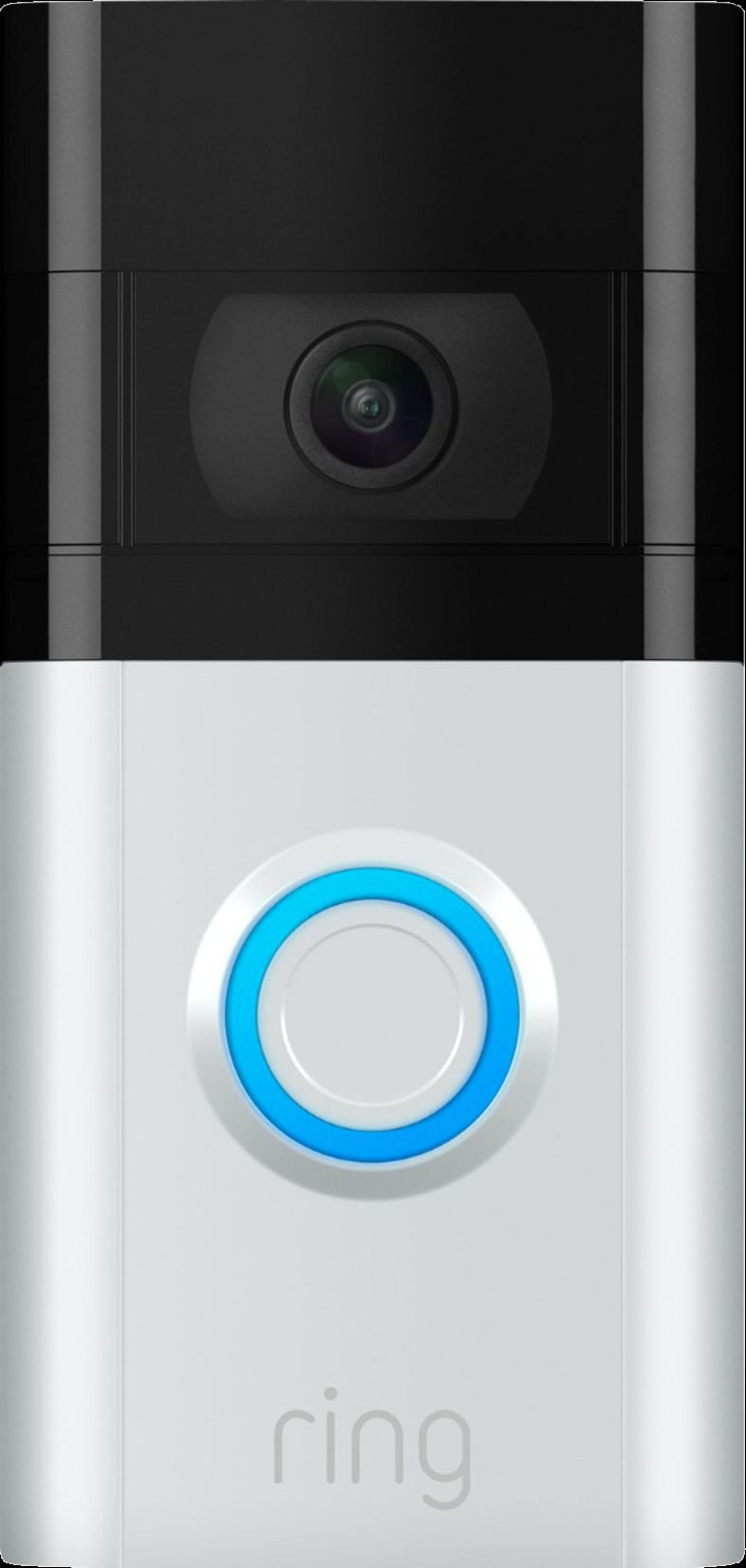
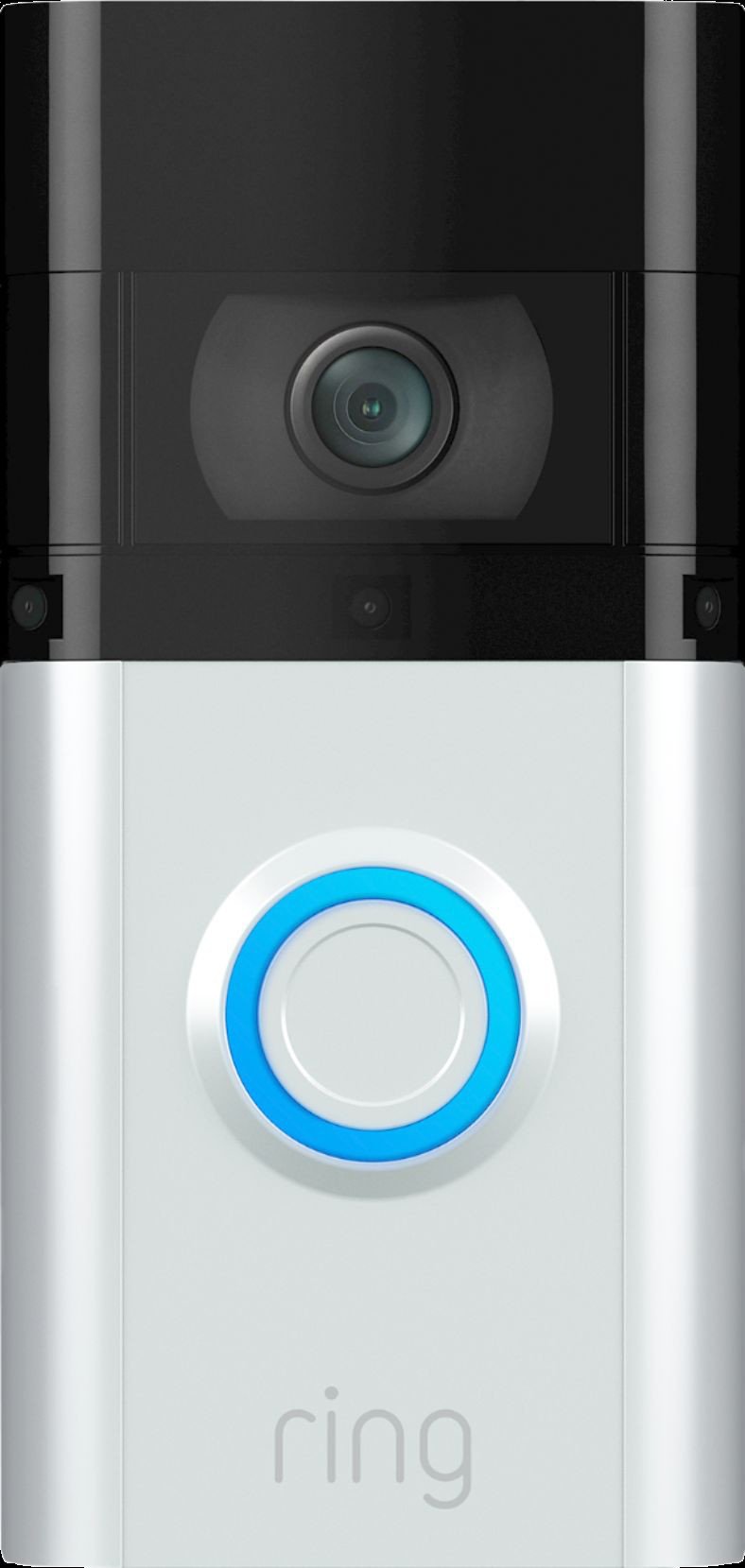
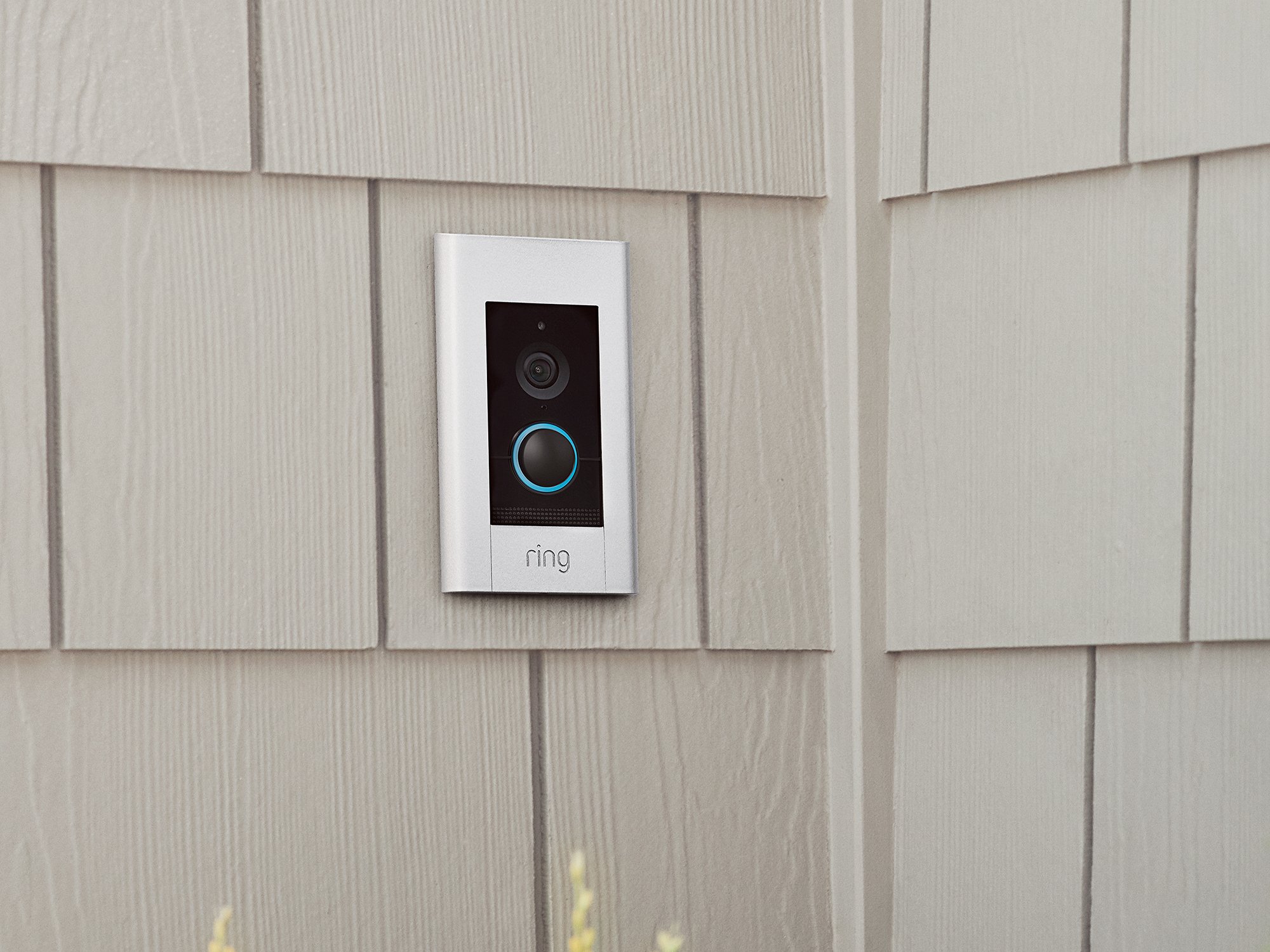
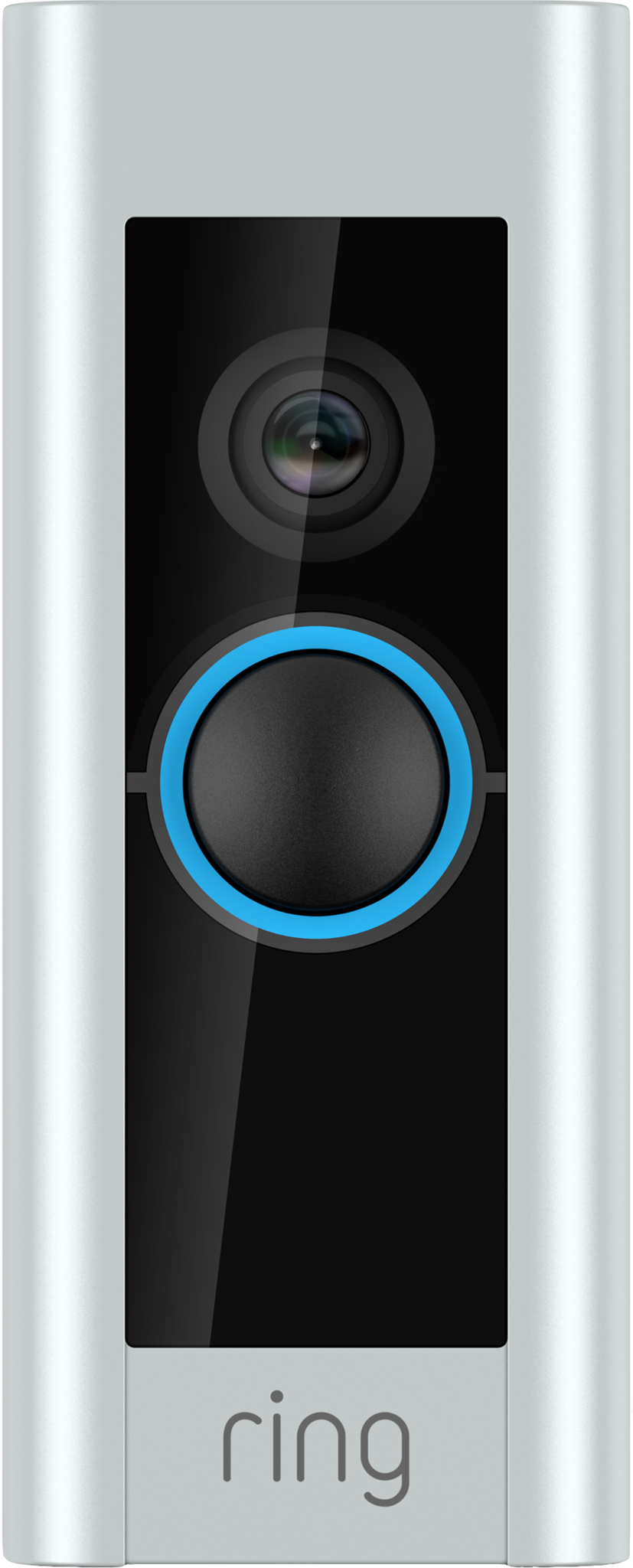
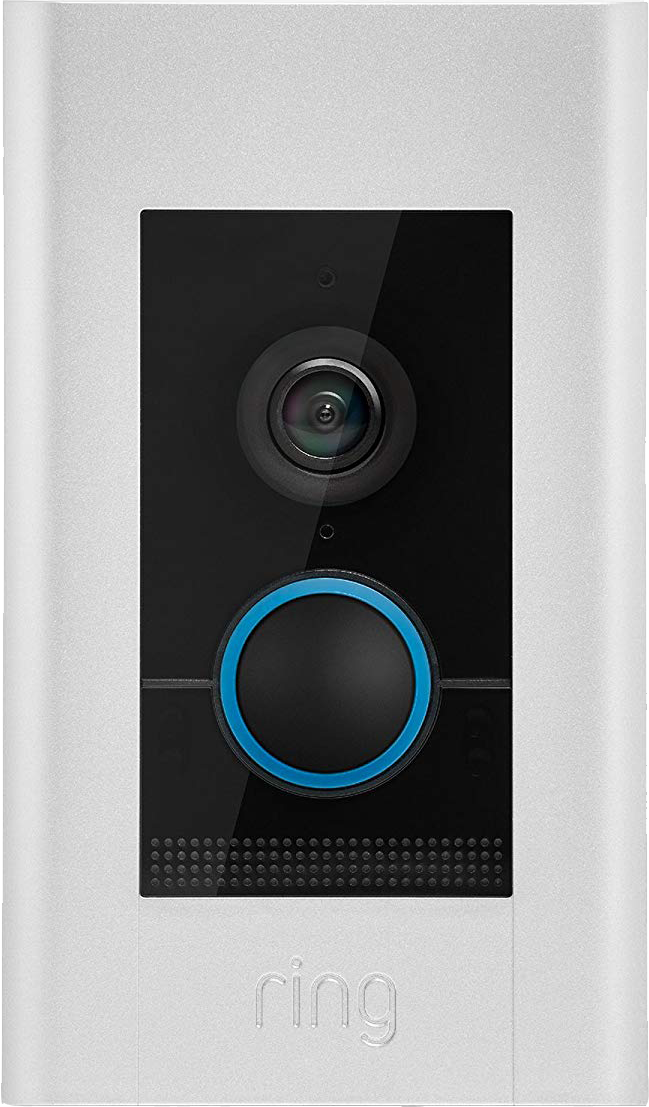
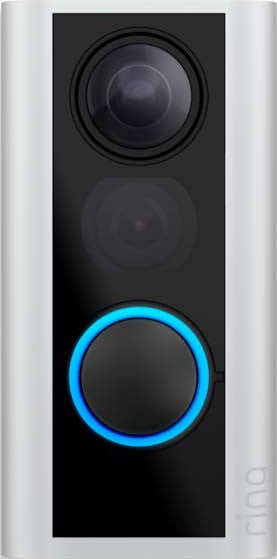
Tidak ada komentar:
Posting Komentar